With its colorful appearance and enticing flavors, Fruit Daifuku has garnered attention across social media platforms and beyond. Loved for its vibrant cross-section showcasing juicy fruits, this confection has captivated many. But how did this fusion of Japanese sweets and fruits come to be? Let’s explore the world of Fruit Daifuku, its types, and recommended shops!
What is Fruit Daifuku?
Fruit Daifuku represents a traditional Japanese treat that melds assorted fruits and bean paste within a soft gyuhi wrapping. While typical Daifuku often features grain or koshi bean paste, Fruit Daifuku offers the delightful essence of fruits—bringing forth a refreshing aroma, tangy taste, and a burst of freshness. Its allure extends to the beautiful cross-section when cut, showcasing the fruit-filled interior.
The original Fruit Daifuku, the strawberry variant, emerged in the 1980s. Various theories surround its origin, with some attributing its creation to several longstanding Japanese confectionery shops. Notably, “Okaku Tamaya” claims the invention of the “original strawberry bean Daifuku®” on their official website, stating it was their independent creation to explore new Japanese sweet flavors.
Various types of Fruit Daifuku
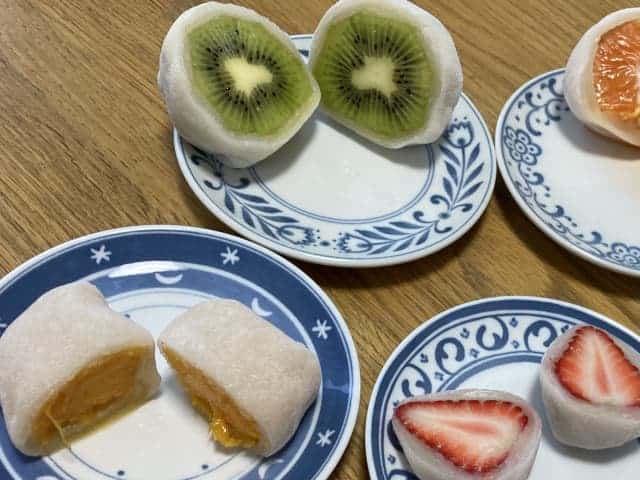
Fruit Daifuku manifests in diverse variations, offering a fusion of flavors and textures. While the traditional base includes red or white bean paste, the distinction lies in the types of fruit used, the quantity of bean paste, and whether the fruits are entirely enclosed or partially visible. This diversity results in a range of nuanced tastes, reflecting the unique commitment of each confectionery store. You can find many interesting types of fruit daifuku such as mango, kiwi, ichigo (or strawberry), apple, etc.
Mango daifuku
Mango Daifuku stands out, bringing a tropical twist that melds the luscious sweetness of ripe mangoes with the chewy, yielding mochi. It’s a delightful harmony of textures and tastes, delivering a refreshing and exotic indulgence reminiscent of sunny shores and tropical fruits.
Ichigo daifuku
Ichigo Daifuku, another prominent variant, celebrates the cherished union of plump strawberries nestled within a velvety bean paste and embraced by the tender mochi. This beloved classic strikes a perfect balance, blending the juicy freshness of strawberries with the comforting sweetness of the bean paste, offering a timeless delight that captivates both the eyes and taste buds.
You can find details about this strawberry daifuku here.
Peach daifuku
, Peach Daifuku emerges as a fragrant delight, introducing the essence of peaches within its soft mochi embrace. This variation evokes the essence of summer, delivering a gentle, aromatic sweetness that perfectly complements the tender mochi and bean paste. Each unique rendition of Fruit Daifuku encapsulates its own charm, harmonizing the essence of fruits with the traditional Japanese confectionery, resulting in a delightful assortment of flavors to savor.
History
History of Daifuku
Daifuku finds its roots in the Edo period, initially termed Uzumochi or “大腹,” symbolizing a “good stomach.” It steadily evolved, with iterations like Shio Daifuku, transitioning into a renowned ancient Japanese confectionery. As times changed, Yaki Daifuku emerged during the Kansei era, gaining nighttime popularity, especially for its warmth during chilly nights.
Moving forward, Daifuku’s journey intertwined with Japan’s historical shifts, adapting to societal changes and evolving tastes. Its presence became intertwined with different eras, each contributing to its legacy and enduring popularity. This evolution mirrors Japan’s culinary history, reflecting its cultural richness and culinary innovation through time. From its humble beginnings to today’s varied iterations, Daifuku embodies the spirit of tradition while adapting to modern palates, making it a treasured delight in Japanese confectionery.
Origin of Fruit Daifuku
Contrary to popular belief associating Kyoto with the birthplace of Fruit Daifuku, its roots trace back to the long-established Japanese confectionery store “Toraya” in Ginza, Tokyo. In 1974, “Toraya” unveiled “Fruit Daifuku,” a creation aimed at innovating Japanese sweets by incorporating seasonal fruits.
While appearing similar to regular Daifuku, Fruit Daifuku surprises with an eruption of seasonal fruits upon a single bite. Its unexpected and refreshing taste has endured through time, with “Toraya” credited for its inception.
Fruit Daifuku Q&A
- What makes Fruit Daifuku stand out among other Japanese sweets?
Fruit Daifuku distinguishes itself by blending the classic Japanese confectionery, Daifuku, with the vibrant essence of fresh fruits. Its uniqueness lies in the harmonious fusion of traditional sweet flavors with the succulence and colors of seasonal fruits.
- Are there any lesser-known or unconventional fruits used in creating Fruit Daifuku?
While popular varieties like strawberries and mandarin oranges are prevalent, some artisanal confectionery stores experiment with unconventional fruits such as persimmons, passion fruit, or Asian pears, offering unique and delightful flavor combinations.
- Can you describe the evolution of Fruit Daifuku over recent years?
How Fruit Daifuku has transformed from its original creation to the diverse range of fruit combinations we see today is an interesting journey. It’d be fascinating to explore how it has evolved in response to changing tastes and preferences.
How to Make Fruit Daifuku?
Ingredients
| Grain bean paste | 120g |
| Favorite fruits (pineapple, melon, etc.) | 7 bites (about 70g) |
| Shiratama flour | 100g |
| Sugar | 10g |
| Water | 120ml |
| Potato flour | As appropriate |
Methods
Divide the bean paste into 7 equal parts.
Cut your favorite fruit into 7 bite-sized pieces.
Mix shiratama flour, sugar, and water in a heat-resistant bowl.
Cover with plastic wrap and microwave for about 2 minutes and 30 seconds.
Remove wrap, mix while hot, cover softly again, and microwave for 1 minute.
Spread potato starch on a cutting board, open dough to 10×18 cm, and cut into 7 equal parts.
Place clean side down, add bean paste and fruit, shape into rounds, and wrap dough around the filling.
Pinch to close and place the closed side down. Repeat for remaining pieces.
After shaping the dough around the filling, place the fruit daifuku in a cool, dry place at room temperature. There’s no need for baking. Allowing them to rest helps the flavors meld together and lets the mochi-like dough slightly firm up before serving. This step ensures a delightful texture and taste when you enjoy these delightful treats!
Restaurants/ Stores
Kakuozan Fruit Daifuku Benzaiten Ginza Store
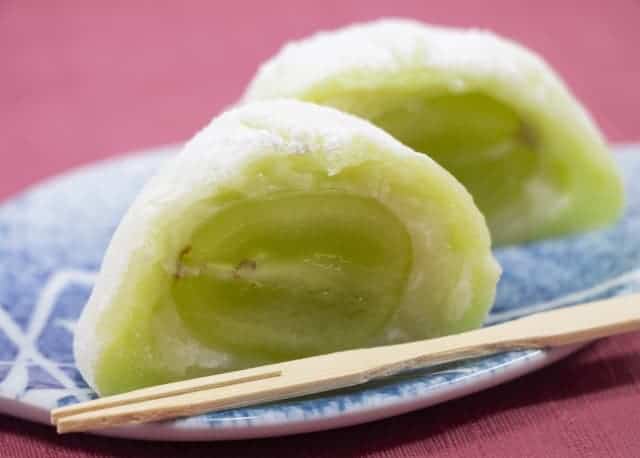
In Nagoya and Tokyo’s suburbs, you’ll find the Kakuozan Fruit Daifuku Benzaiten Ginza Store. This store offers different fruit daifuku depending on the season, like tangy Unshu mandarin orange and sweet Shine Muscat. They change their menu to match the time of year, so every visit gives you a new treat.
Kasho Shoan (和果å æžœåŒ æ£åºµ)
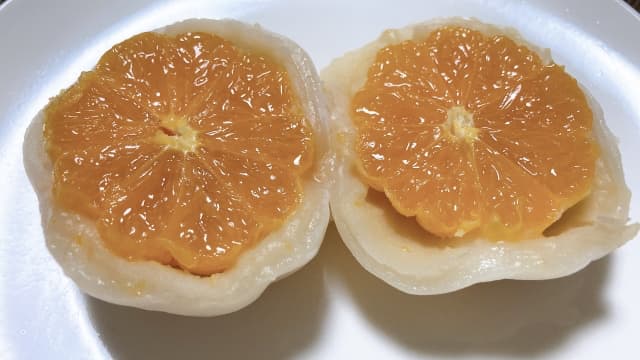
Between Ebisu and Hiroo, Kasho Shoan has become known for its Anzu Daifuku, which has a bit of sweetness and tastes like apricot. Right now, you can only get it in their store, which makes it even more special. Their store is a place where you can enjoy unique and delicious daifuku.
Kamahitobachi no Ki Asagaya Main Store
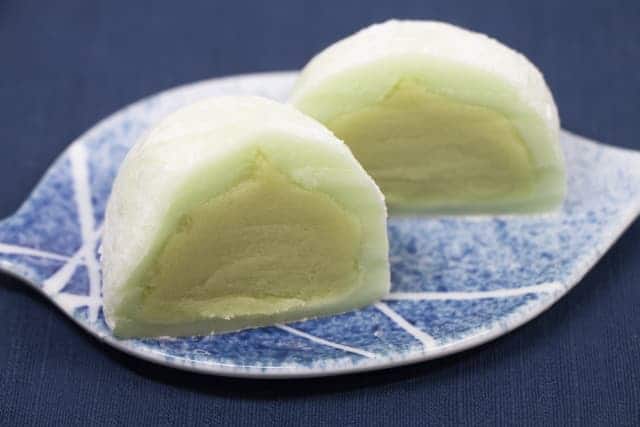
This shop in Asagaya has been loved by the local community for 80 years. They make daifuku with different fruits depending on the season, like Grape Daifuku and New chestnut daifuku. Every season, they have something new for you to try. Visiting here is like experiencing the changing seasons through delicious treats.
Takeaway
Fruit Daifuku is more than just a treat; it’s a flavorful journey weaving together traditions and innovation. Each bite narrates a story, from its humble beginnings to the vibrant varieties found today. From Nagoya to Tokyo, these delightful gems bring a taste of every season. Whether it’s the nostalgic allure of Kamahitobachi no Ki or the inventive delights at Kakuozan, each shop blends tradition with creativity. So, dive into this fruity escapade, relish the fusion of fresh fruits and classic daifuku, and explore Japan’s diverse culinary heritage.
If you love Daifuku, read more below!
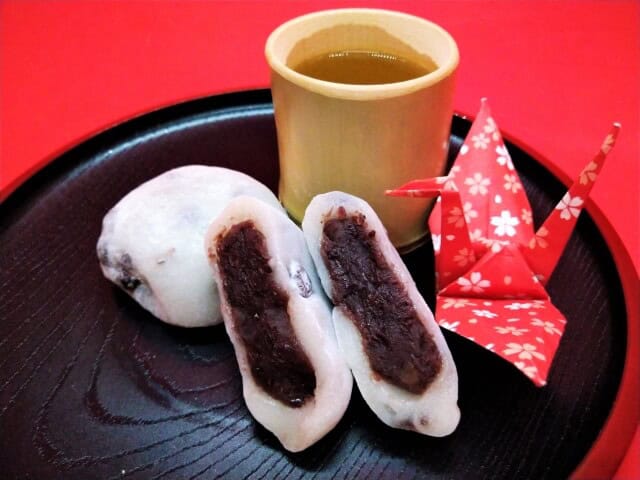
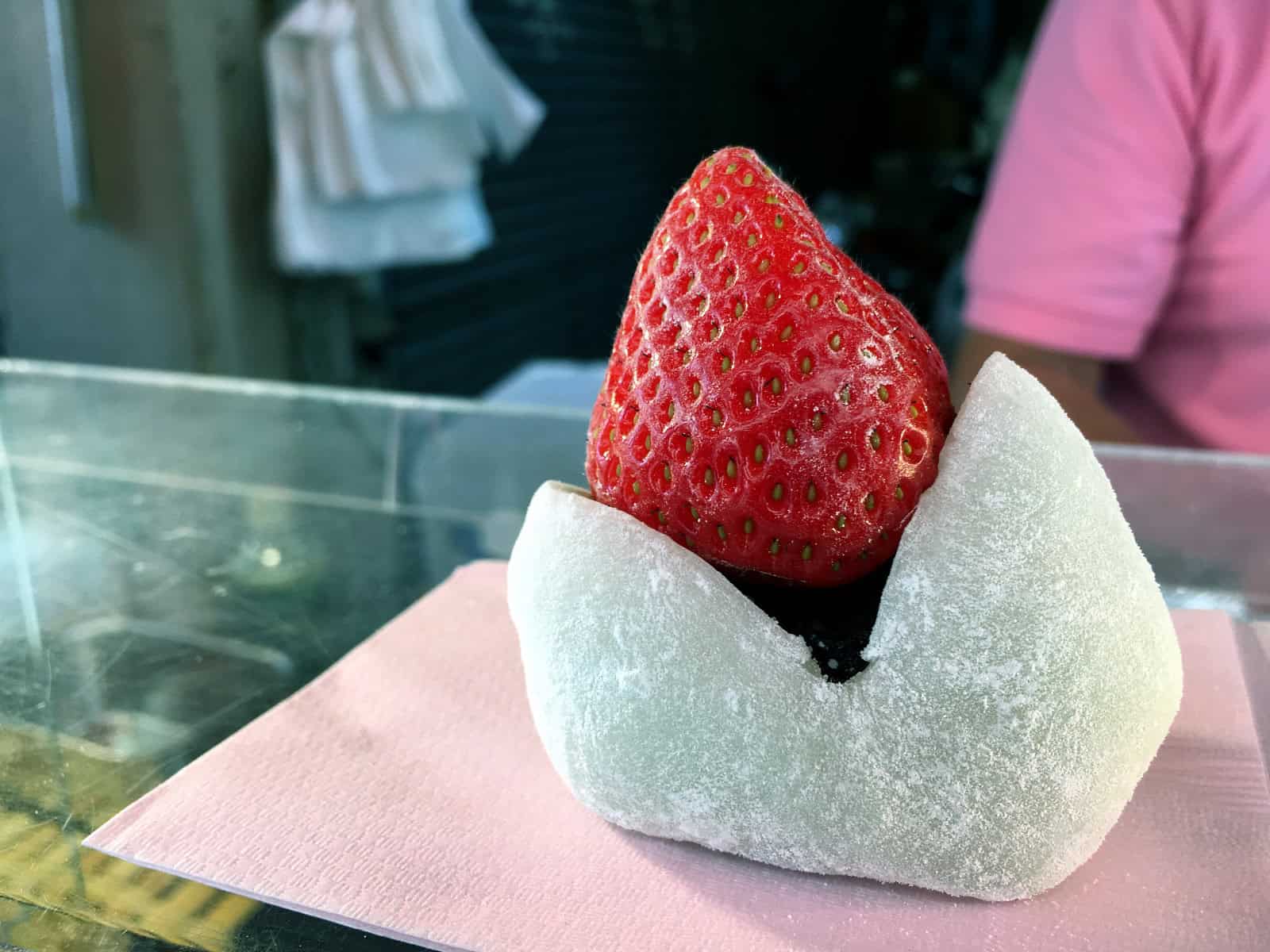


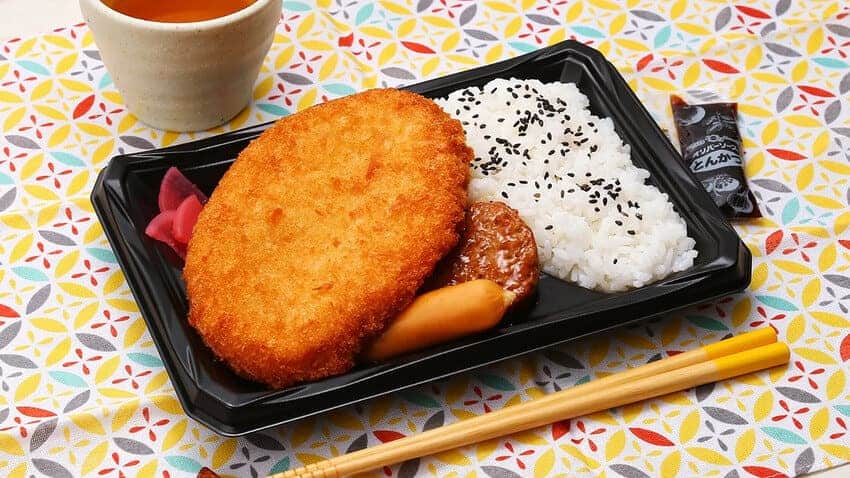



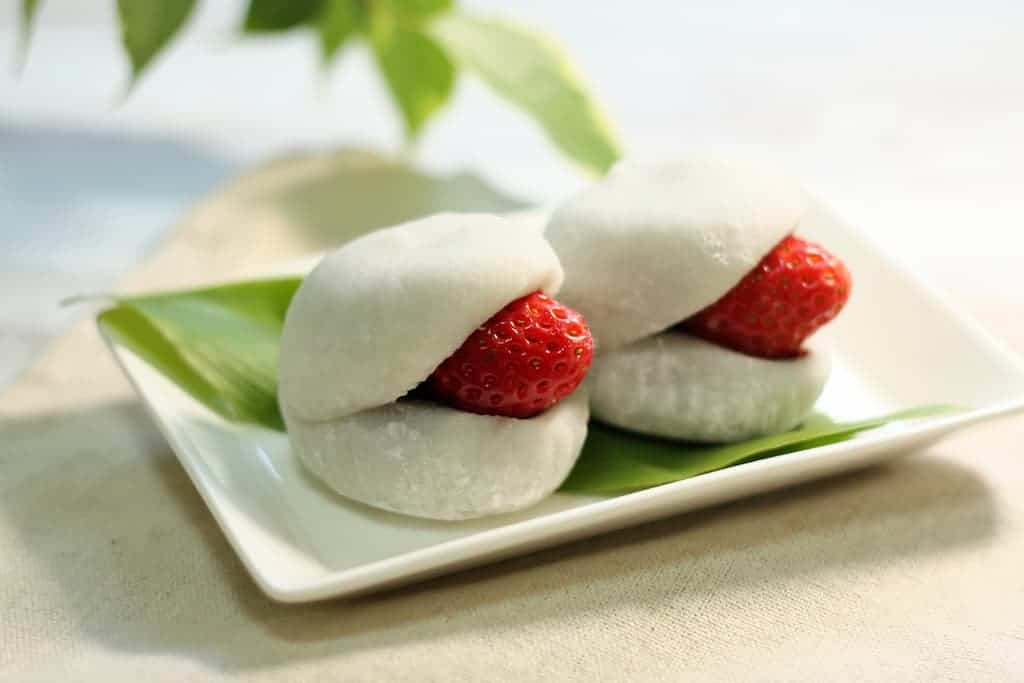
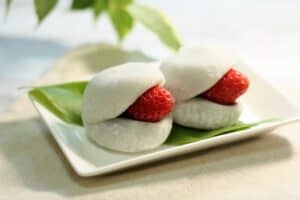
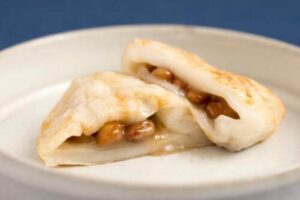
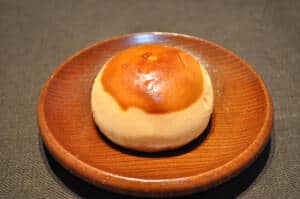
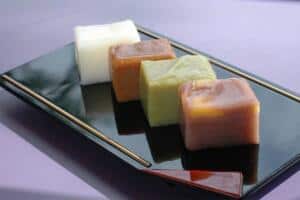
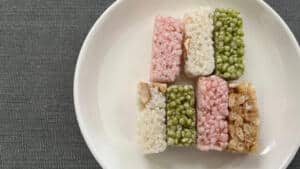
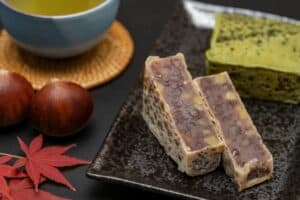
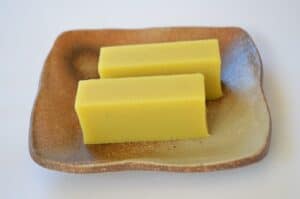

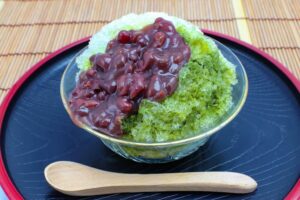
Comments